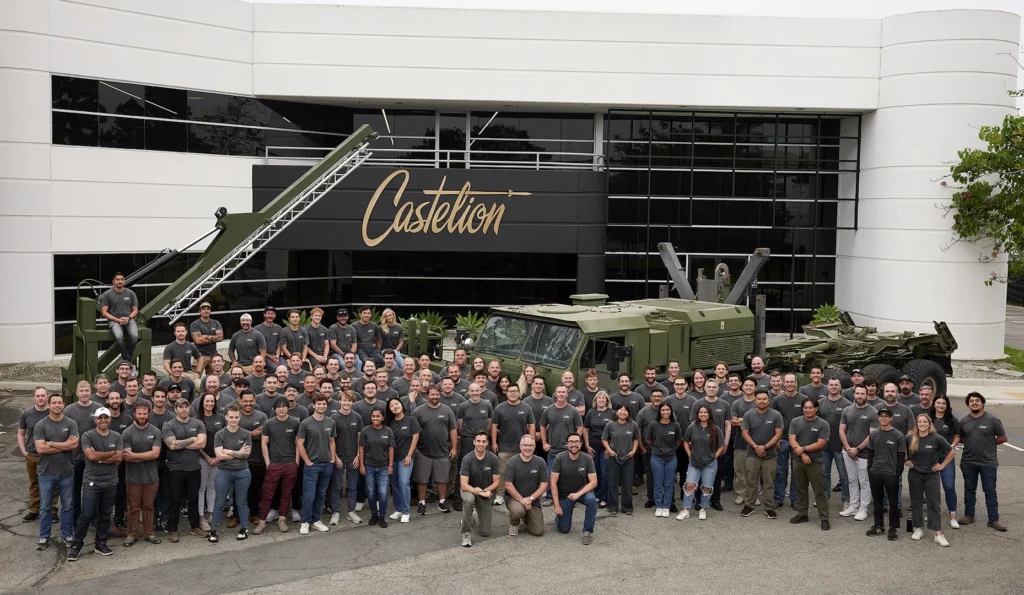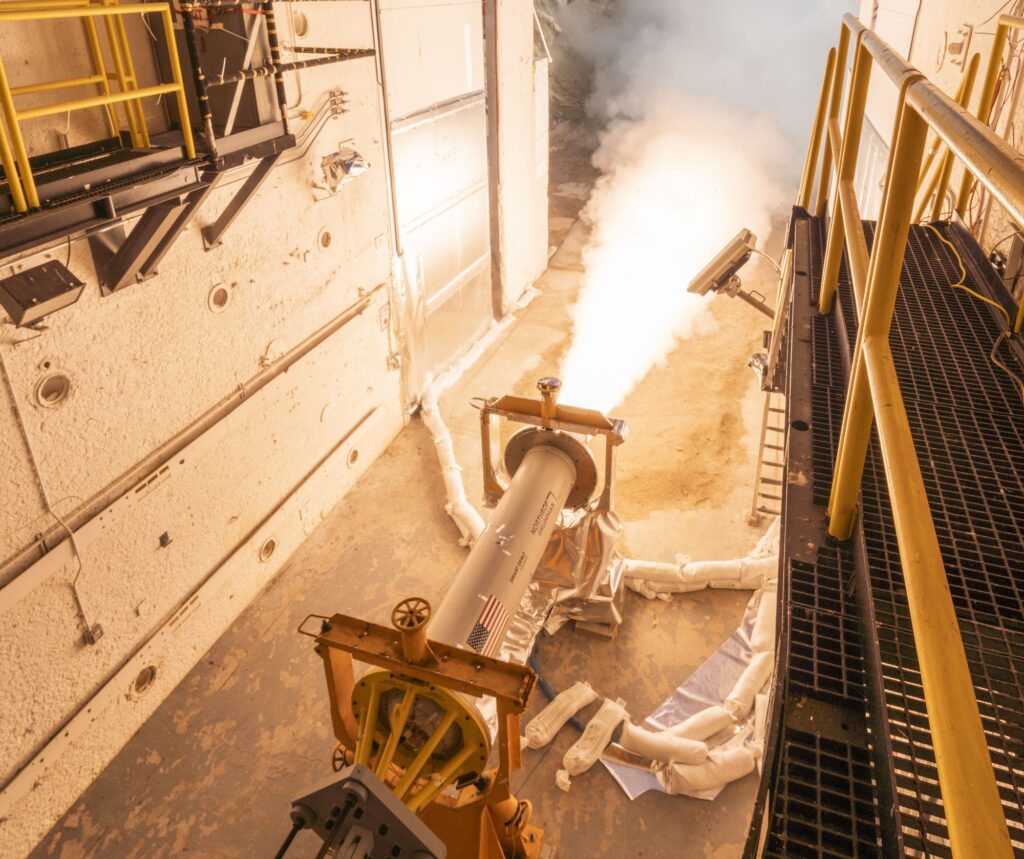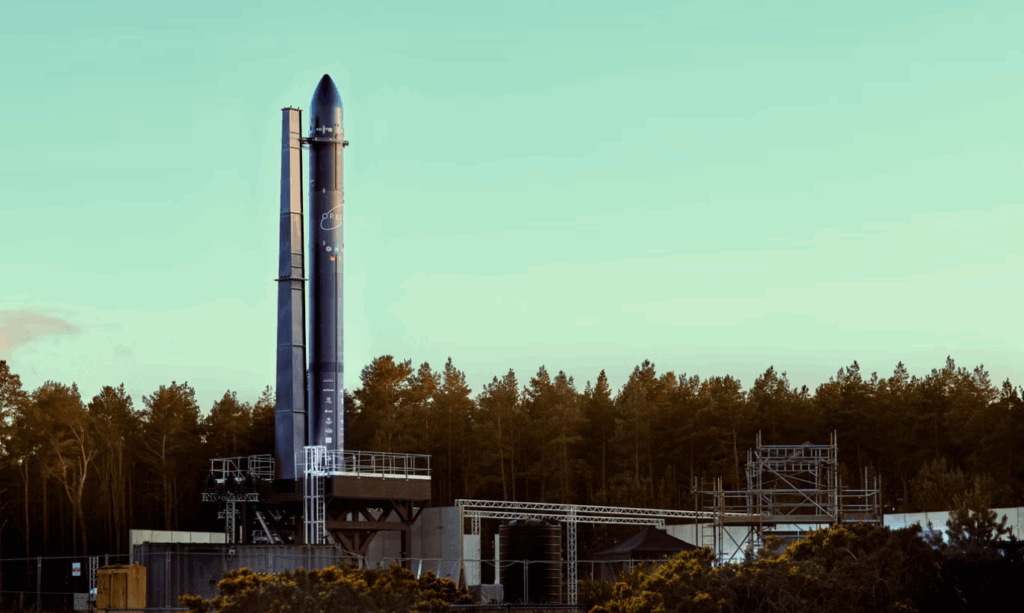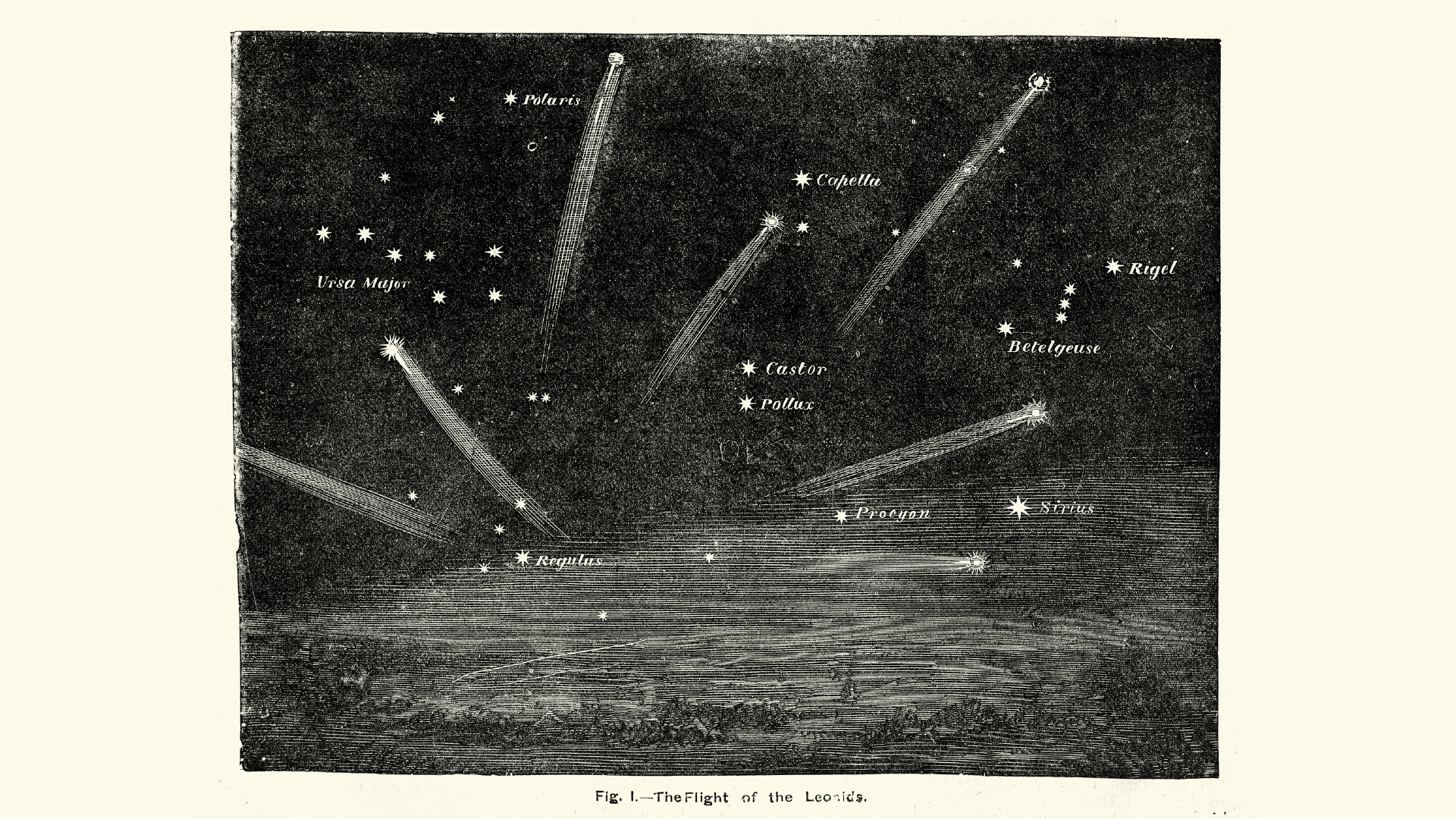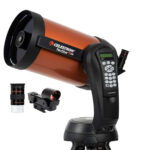Now Reading: SES adds to GEO’s busiest servicing pipeline with Infinite Orbits contract
-
01
SES adds to GEO’s busiest servicing pipeline with Infinite Orbits contract
SES adds to GEO’s busiest servicing pipeline with Infinite Orbits contract


TAMPA, Fla. — SES is adding another servicer to what is already the broadest and busiest satellite life-extension roster in the commercial geostationary orbit (GEO) market, with five missions now scheduled between 2026 and 2029.
The Luxembourg-based multi-orbit operator announced a contract Nov. 13 with French startup Infinite Orbits to use Endurance, a 750-kilogram servicer slated to launch in late 2027.
Endurance would first attempt to dock with an SES satellite parked about 360 kilometers above the GEO arc in graveyard orbit, where retired spacecraft are moved to avoid interfering with active satellites.
That target satellite is not providing services but remains on “life support” for use as a safe docking testbed, said Jean-Luc Froeliger, a vice president and senior advisor to SES. He was previously vice president of space systems at Intelsat, which became part of SES earlier this year.
Following a successful demonstration, he said Endurance would move to an in-service SES satellite to add around five years to an operational life currently expected to end in 2029. GEO satellites are typically designed to operate for 15-20 years before running low on fuel.
A busy year ahead for satellite life extenders
SES has a packed schedule of satellite life-extension missions before Endurance’s arrival, owing to agreements Intelsat secured prior to the operator’s sale to SES, which also provides services from medium Earth orbit.
In the second quarter of 2026, Kent, Washington-based startup Starfish Space plans to deploy a 300-400 kilogram servicer called Otter for SES.
Like Endurance, Otter would first validate its autonomous approach and docking system with a retired SES satellite in graveyard orbit, before moving to one of the operator’s healthy in-service satellites that is slowly running out of fuel.
Around the same time, SpaceX is scheduled to launch the first Mission Robotic Vehicle (MRV), the next-generation life-extension platform operated by Northrop Grumman’s SpaceLogistics subsidiary.
MRV would use a robotic arm to install 350-kilogram propulsion “jetpacks” called Mission Extension Pods (MEPs), designed to add six years of life to a GEO satellite.
SES has ordered two MEPs, which would launch alongside the MRV. Australian operator Optus has ordered one to extend the life of its Optus D3 satellite, launched in 2009 to provide TV broadcast and communications services.
SpaceLogistics had previously targeted a 2024 launch for MRV. The U.S. Naval Research Laboratory (NRL) announced Nov. 14 that it had shipped a pair of robotic arms for the servicer to Northrop’s satellite integration facility in Dulles, Virginia, after completing thermal vacuum tests. NRL developed the arms under a Defense Advanced Research Projects Agency (DARPA) contract.
MEV fleet builds on early Intelsat missions
Northrop pioneered the satellite life-extension market with its Mission Extension Vehicle (MEV) program and Intelsat as the anchor commercial customer.
Launched in 2019, MEV-1 became the first servicer to extend the life of a commercial GEO satellite after docking with Intelsat-901, pulling the aging spacecraft out of graveyard orbit and returning it to service under a five-year contract.
MEV-1 detached earlier this year to provide seven months of additional life to Optus D3, before that satellite is set to become the first to receive an MEP.
SES has a contract to bring MEV-1 back afterward to extend one of its GEO satellites at some point between mid-2026 and early 2029, Froeliger said.
“If you want to extend the life of a satellite, you don’t have to wait until the satellite runs out of fuel,” he added in an interview with SpaceNews.
“You can extend it at any time. You can even extend it at beginning of life.”
Meanwhile, MEV-2, which in 2021 became the first servicer to attach to an active, in-service GEO satellite when it docked with Intelsat 10-02, has a follow-on contract to extend that mission by four years to 2030.
Both MEVs were designed to perform multiple servicing campaigns over their own 15-year design lives. Sources have previously told SpaceNews that they have been operating with reduced thruster power due to issues with onboard Power Processing Units. Northrop and SES have not commented.
Stay Informed With the Latest & Most Important News
Previous Post
Next Post
-
 012024 in Review: Highlights from NASA in Silicon Valley
012024 in Review: Highlights from NASA in Silicon Valley -
 02Panasonic Leica Summilux DG 15mm f/1.7 ASPH review
02Panasonic Leica Summilux DG 15mm f/1.7 ASPH review -
 03How New NASA, India Earth Satellite NISAR Will See Earth
03How New NASA, India Earth Satellite NISAR Will See Earth -
 04And Thus Begins A New Year For Life On Earth
04And Thus Begins A New Year For Life On Earth -
 05Astronomy Activation Ambassadors: A New Era
05Astronomy Activation Ambassadors: A New Era -
06SpaceX launch surge helps set new global launch record in 2024
-
 07From Polymerization-Enabled Folding and Assembly to Chemical Evolution: Key Processes for Emergence of Functional Polymers in the Origin of Life
07From Polymerization-Enabled Folding and Assembly to Chemical Evolution: Key Processes for Emergence of Functional Polymers in the Origin of Life












